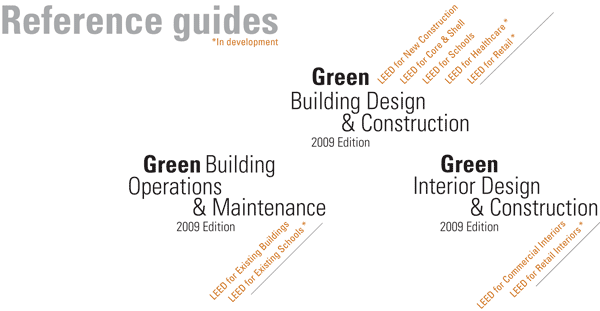LEED Looks Ahead With an Ambitious Overhaul

LEED 2009 introduces uniform certifcation thresholds, based on multiples of 10 points,
across all its rating systems. They replace the older versions' seemingly arbitrary point requirements.
Â

The revamping effort includes revising credits that resemble each other in the
multiple LEED products so that they rely on the same language. A manifestation of
this �harmonization� process are the reference guides, which provide supporting
documentation to the rating systems. The new guides group similar LEED
products, reducing nine systems to three volumes.
However, review of the new rating system does reveal a few significant credit adjustments. For example, LEED previously awarded points for indoor water-use reduction beyond 20 percent when compared to a "baseline," or code-compliant, building. But in the new system, this savings level becomes a prerequisite. Projects earn no points for satisfying this performance minimum, but those that do not comply will not be eligible for certification. To earn points for efficient indoor water use, projects must achieve at least a 30 percent reduction. These new water thresholds are achievable and appropriate, according to Anica Landreneau, Assoc. AIA. "It is possible to reach 40 to 50 percent savings with fixture selection alone," adds Landreneau, sustainable-design-practice leader in HOK's Washington, D.C. office.
Another notable change is the introduction of regional credits. For the first time, the rating system will take into account environmental issues important in projects' specific locations. Working with its local chapters and affiliates, the USGBC has identified credits that address the priorities of given environmental zones. Projects will be able to earn a maximum of four bonus points on top of the base 100 for achieving these preselected credits. For example, projects in rural areas of Michigan can earn extra points for preserving agricultural land, reducing light pollution, and minimizing storm-water runoff into the Great Lakes.
The council considers this bonus-point approach as an interim step. It hopes to eventually incorporate the regional priorities into the body of the rating system. "But this is two or three versions down the road," according to Owens.









